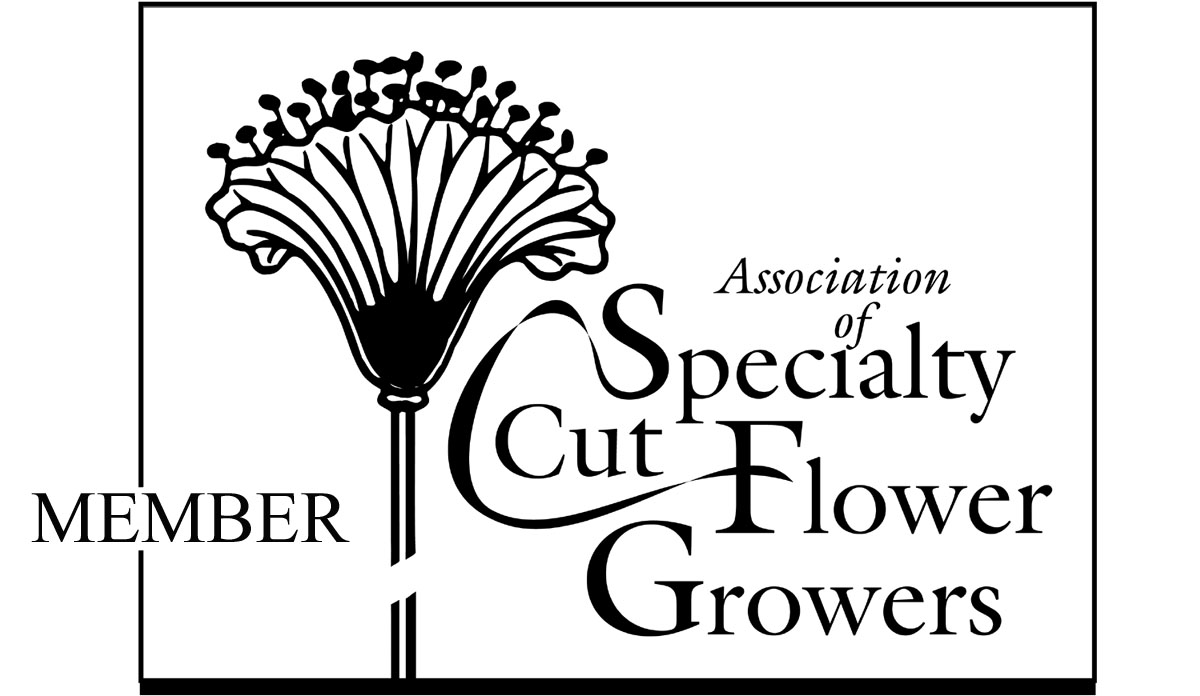Succession Planting for Cut Flower Growers
/Do you dream of a garden that produces stunning blooms from early spring through late fall? Succession planting is the key to keeping your garden productive and beautiful throughout the seasons!
Whether you’re growing flowers for your own enjoyment, designing bouquets for friends, or running a cut flower business, a well-planned succession planting strategy will ensure you’ll have a steady supply of blooms when you need them.
Let’s explore the basics of succession planting and how you can use it to transform your cut flower garden into a continuous source of beautiful blooms.
Keep in mind that succession planting is a vast and somewhat complicated topic. I’ve tried to make it as straightforward as possible in this blog post, but if you want to dive deeper into all things succession planting, check out our online course on Succession Planting for Bouquets and our customizable Succession Planting Spreadsheet.
What Is Succession Planting & Why Is It Important?
Succession planting involves staggering your planting times for a continuous harvest throughout the growing season. For cut flowers, this means:
Planting a small amount of the same crop (or variety of flower) at timed intervals during the growing season for a continual harvest
Growing a variety of flowers with different bloom schedules
Replanting spent beds with new crops as the growing season progresses
The benefits of succession planting include:
A steady, smaller yield of blooms instead of a one-time larger yield
Maximizing your garden’s productivity, ensuring you always have fresh blooms when you need them
Reducing gaps in production, which is especially important for flower farmers
Calculating Bed Space
Before you dive into planning, you need to calculate how much space you have. Otherwise, you could end up prepping space that you don’t need (wasting time and resources), or you could run out of space and not be able to plant everything that you need.
Here are some considerations:
Measure Your Entire Field or Plot: Know the total square footage available for planting
Plan Your Growing Space: Will you grow in rows or beds? Will you need to account for pathways?
Step 1: Decide the width of your planting beds and the width of your pathways between the beds. Divide the width of your entire field by the width of your beds + pathways. For example: We use 4’ beds with 2.5’ pathways, so we divide the width of our entire field by 6.5.
Step 2: Multiply the length of one bed by the total number of beds to get the total amount of linear planting space available
Plan Your Planting Spacing: We plant almost everything in the field with a 9” by 9” spacing. Spacing plants 9” apart will fit approximately 9 plants per linear foot in a 4’ wide bed.
Planning What to Plant
A successful cut flower garden starts with intentional planning.
At Flourish, the spring flowers are usually done blooming in May, just in time for that space to be planted with summer-blooming flowers. Ideally, each bed only gets planted once per season, and we plant a cover crop as things finish blooming. However, you can stagger plantings during the same season if you have a smaller amount of space.
Here are some tips to help you plan:
Know Your Frost Dates: Use your region’s first and last frost dates to determine when to start planting
Choose Your Plants: Focus on flowers that thrive in your climate and meet your bouquet needs
Repeat Bloomers or One-Stem Bloomers? Repeat bloomers grow multiple stems per plant and bloom for months on end. Because our goal is to grow more flowers as efficiently as possible, most of our space is dedicated to these “cut and come again” repeat bloomers.
Stagger Plantings: Schedule multiple planting dates to ensure a steady supply
Our Succession Planting Spreadsheet includes data (# of stems per plant, bouquet ingredient categories, hardiness, and days to maturity) on 50 different flower types!
It also includes automatic formulas for calculating up to 4 planting successions. Just enter your first and last frost dates, and your seed starting and field translate dates are automatically calculated! This spreadsheet will save you so much time if you aren’t a spreadsheet-loving person!
Bouquet Ingredient Categories
To create beautiful, balanced bouquets, include a mix of:
Focal Flowers
Greenery
Filler
Spikes
Round
Whimsy
By considering these categories as you plan your garden, you can ensure you’ll always have the right mix of ingredients for arrangements.
Determining Quantities
To decide how much to plant, consider:
Your Goals: Are you growing for personal enjoyment or to sell bouquets?
Bouquet Needs: Estimate how many stems you’ll need weekly and work backward to determine how many plants to grow
Succession Waves: How long does your season last? Plan for multiple planting dates to avoid gaps
Build Your Personalized Plan
Need some help getting started, or want a more in-depth look at what succession planting can do for your cut flower garden? We offer resources to set you up for success!
Our Succession Planting for Bouquets Online Class will help you prepare to make bouquets for farmer’s market sales, bouquet subscriptions or CSAs, mixed buckets for DIY weddings, farm stand bouquets, selling a wide variety of flowers direct to florists, or for the pure pleasure of enjoying home-grown flower bouquets.
This class covers:
Identifying your purpose behind succession planting
Choosing which varieties and how much to grow
Creating a 6-month succession plan
Inevitably adapting the plan
Niki’s tried & true bouquet recipes
Sources for seeds and supplies
Our Succession Planting Spreadsheet is the ultimate crop planning and succession planting spreadsheet for flower farmers and flower-growers! We’re sharing YEARS of data from Flourish to help make your planning easier and more enjoyable!
What’s included:
Data on 50 flower types, including stems per plant, bouquet ingredient categories, hardiness, and days to maturity
Automatic calculations for up to 4 planting successions based on your frost dates
Calculations to help you determine the total plants and stems needed for each season, simplifying seed and plug ordering.
Notes and formulas for customizing succession planting schedules and seed starting dates
A guide to Flourish’s 6 bouquet ingredient categories
An informational video to help you make the most of the spreadsheet.

















